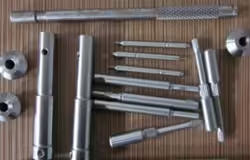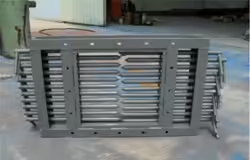
Top 9 Positive AISI 1020 Cold Drawn Steel Properties to Know
Table of Contents
Introduction
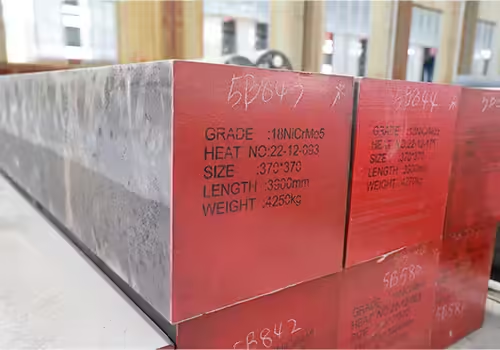
In the vast world of steel materials, AISI 1020 cold drawn steel holds a unique position due to its remarkable balance of mechanical properties and workability. This steel variant is widely used in manufacturing, construction, and engineering applications, thanks to its advantageous characteristics. In this article, we will explore the top 9 positive aisi 1020 cold drawn steel properties that make it a favored choice across various industries.
The aisi 1020 cold drawn steel properties provide a blend of strength, ductility, and surface finish that suits components requiring precision and durability. Understanding these properties in depth allows engineers and manufacturers to optimize the material selection process for their projects. Let’s dive into the key beneficial properties and how they impact real-world applications.
Mechanical Strength and Hardness of AISI 1020 Cold Drawn Steel
One of the most critical and defining aspects of the aisi 1020 cold drawn steel properties is its remarkable mechanical strength and hardness. The cold drawing process significantly enhances the tensile strength and yield strength of this steel compared to its traditional hot-rolled counterparts.
During cold drawing, the steel undergoes compression and elongation, which refines its internal grain structure and results in a denser and more uniform microstructure. This structural refinement directly contributes to the superior mechanical properties characteristic of the aisi 1020 cold drawn steel properties.
As a result, the tensile strength of this steel can reach approximately 440 MPa, a notable improvement over untreated steel. The yield strength is also significantly increased, meaning the steel can sustain substantial loads before experiencing any permanent deformation or failure. Additionally, the hardness of aisi 1020 cold drawn steel properties is improved, leading to enhanced wear resistance, which is essential for components subjected to constant friction or stress.
This powerful combination of increased strength and hardness makes aisi 1020 cold drawn steel properties especially suited for manufacturing durable parts such as shafts, bolts, pins, automotive components, and other mechanical elements where toughness and long-term performance are vital.
Excellent Ductility and Formability
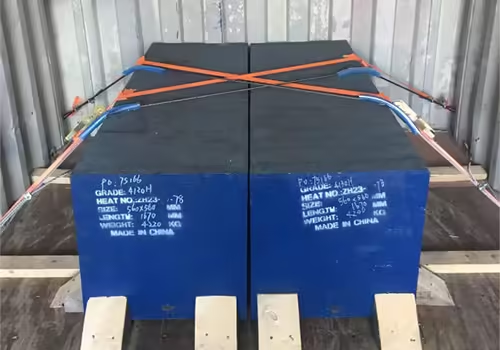
Despite the improvements in strength and hardness, the aisi 1020 cold drawn steel properties also include outstanding ductility and formability. This means the material can undergo significant deformation without fracturing, which is crucial for various manufacturing processes like bending, deep drawing, machining, and forming.
Thanks to these enhanced properties, the steel can be cold formed into complex or intricate shapes without cracking or compromising its structural integrity. It maintains a good elongation percentage, generally around 15-20%, highlighting its capacity to stretch under tensile forces while preserving its toughness.
Moreover, the cold drawing process improves the surface finish and dimensional accuracy of the steel, which makes aisi 1020 cold drawn steel properties highly desirable for precision parts that require tight tolerances. This versatility in both strength and formability ensures the steel is widely used across various fabrication needs—from structural elements to finely machined components in industrial applications.
Corrosion Resistance and Surface Quality
Although AISI 1020 cold drawn steel is not classified as a stainless steel variant, it still exhibits a respectable level of corrosion resistance, especially when it undergoes proper surface treatments such as painting, oiling, or galvanization. This makes it a practical choice for environments that are not overly aggressive but still present moisture or chemical exposure.
One of the key advantages of the cold drawing process is the creation of a smoother, denser surface finish. This refined surface reduces the number of microscopic crevices or irregularities where corrosion could initiate. As a result, the steel’s natural corrosion resistance is enhanced, extending the lifespan of components even in semi-corrosive settings.
In addition to its resistance to oxidation, the improved surface quality plays a vital role in applications where friction, wear resistance, or dimensional accuracy are critical. Parts that require frequent movement, close-fitting tolerances, or tight seals—such as bushings, shafts, or fasteners—benefit greatly from this superior surface integrity.
Moreover, AISI 1020 cold drawn steel can be further protected with various coatings or surface treatments depending on the application. Options include zinc plating, phosphate treatment, galvanization, or powder coating, each offering different levels of corrosion protection tailored to specific environments.
Together, these qualities make the corrosion resistance and surface finish of AISI 1020 cold drawn steel a compelling advantage for industries ranging from automotive and construction to machinery and tooling. With proper handling and coating, the steel can perform reliably even in moderately harsh conditions, contributing to longer service life and reduced maintenance costs.
Table: Key Mechanical and Physical Properties of AISI 1020 Cold Drawn Steel
| Property | Typical Value | Description |
|---|---|---|
| Tensile Strength (MPa) | 410 – 440 | Maximum stress before failure |
| Yield Strength (MPa) | 350 – 370 | Stress at which material begins to deform |
| Elongation (%) | 15 – 20 | Measure of ductility |
| Hardness (Brinell HB) | 120 – 180 | Resistance to indentation |
| Density (g/cm³) | 7.85 | Mass per unit volume |
| Thermal Conductivity (W/m·K) | 51 | Heat conduction capacity |
| Melting Point (°C) | 1425 – 1540 | Temperature at which steel melts |
This table summarizes the core aisi 1020 cold drawn steel properties that define its performance. Understanding these metrics aids in matching the material to the right engineering application.
Superior Fatigue Resistance for Long-Term Applications
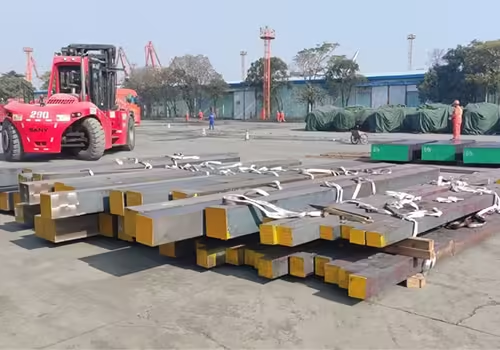
Fatigue resistance is another highly valued aisi 1020 cold drawn steel property, especially for components subjected to cyclic loads such as automotive parts, machinery shafts, and structural supports.
- The cold drawn process refines the microstructure, enhancing the steel’s ability to withstand repeated stress cycles.
- This translates into longer life spans for parts experiencing vibrations or fluctuating forces.
- Better fatigue resistance reduces the risk of sudden failure, contributing to safer and more reliable machinery.
In industries where safety and longevity are paramount, choosing aisi 1020 cold drawn steel is a strategic decision to improve product durability.
Exceptional Machinability and Weldability
The ability to machine and weld steel effectively is critical in manufacturing. Aisi 1020 cold drawn steel properties include excellent machinability due to its medium carbon content and refined microstructure.
- The steel responds well to common machining processes such as turning, milling, and drilling.
- It produces clean cuts and maintains dimensional stability during manufacturing.
- Welding is generally feasible with proper pre- and post-weld treatments, although care is needed to avoid cracking.
This makes the steel practical for custom fabrication and repairs, enhancing its adaptability in production environments.
Thermal and Electrical Conductivity Properties
While mechanical performance often takes center stage, the aisi 1020 cold drawn steel properties also include beneficial thermal and electrical conductivity attributes. These lesser-known but equally important properties further expand the steel’s range of industrial applications.
The material has a moderate thermal conductivity of approximately 51 W/m·K, which is one of the more practical aisi 1020 cold drawn steel properties for use in parts where controlled heat dissipation is required. Electrical conductivity, though lower than copper, is still adequate for many equipment housings and support structures.
Considering these thermal and electrical attributes alongside other aisi 1020 cold drawn steel properties provides a more complete picture of the material’s potential. It allows engineers and designers to make informed choices that enhance performance, safety, and efficiency in critical systems.
Incorporating conductivity into the broader category of aisi 1020 cold drawn steel properties ensures that the steel performs reliably in environments demanding multifunctional capabilities.
Environmental and Cost Benefits of AISI 1020 Cold Drawn Steel
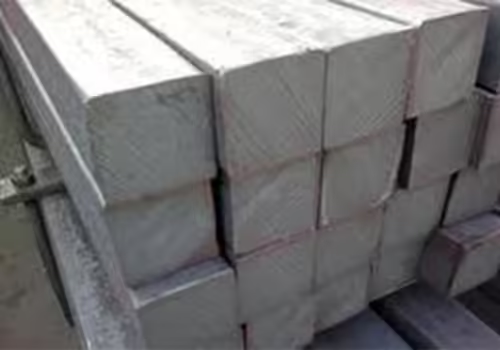
From both an environmental and economic standpoint, aisi 1020 cold drawn steel properties make it a sustainable and cost-effective option for a wide range of industrial applications. These aisi 1020 cold drawn steel properties include full recyclability, allowing the material to be reused efficiently in repeated manufacturing cycles without compromising quality or strength.
Additionally, the inherent aisi 1020 cold drawn steel properties such as enhanced durability and improved mechanical performance significantly reduce the frequency of part replacement, thereby lowering long-term operational and maintenance costs.
The cold drawing process further contributes to the appeal of aisi 1020 cold drawn steel properties by improving material utilization and reducing production waste through greater dimensional precision and yield.
Overall, these aisi 1020 cold drawn steel properties support both sustainable manufacturing practices and strict budget constraints, making this material an intelligent choice for modern engineering and production needs.
Conclusion
The diverse and positive aisi 1020 cold drawn steel properties make it a standout material for numerous engineering challenges. Its balance of strength, ductility, corrosion resistance, and machinability ensures it meets rigorous demands while remaining cost-effective. Whether for automotive components, construction parts, or general manufacturing, understanding these properties enables better material selection and product performance.
By carefully considering these top 9 positive attributes of aisi 1020 cold drawn steel, engineers and designers can optimize product durability, safety, and efficiency, leading to smarter investment in materials and processes.
FAQ
What is the main difference between cold drawn and hot rolled AISI 1020 steel?
Cold drawing refines the grain structure and enhances mechanical properties like strength and hardness, whereas hot rolled steel has a rougher surface and lower tensile strength.
Can aisi 1020 cold drawn steel be welded easily?
Yes, it can be welded with proper technique, though preheating and controlled cooling are recommended to avoid cracking.
Is aisi 1020 cold drawn steel suitable for high-stress applications?
Its improved tensile and yield strength make it suitable for many moderately high-stress parts, but very high-stress or heat-resistant applications might require specialized alloys.
How does corrosion resistance compare in aisi 1020 cold drawn steel?
While not stainless, the steel’s smooth cold drawn surface and possible coatings provide reasonable corrosion resistance in many environments.
What industries commonly use aisi 1020 cold drawn steel?
Automotive, construction, machinery manufacturing, and general engineering sectors widely use this steel type due to its versatile properties.





